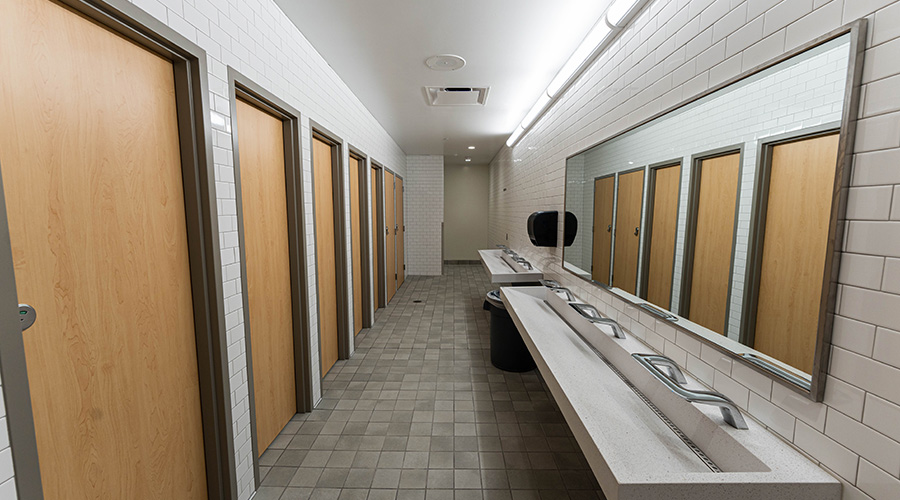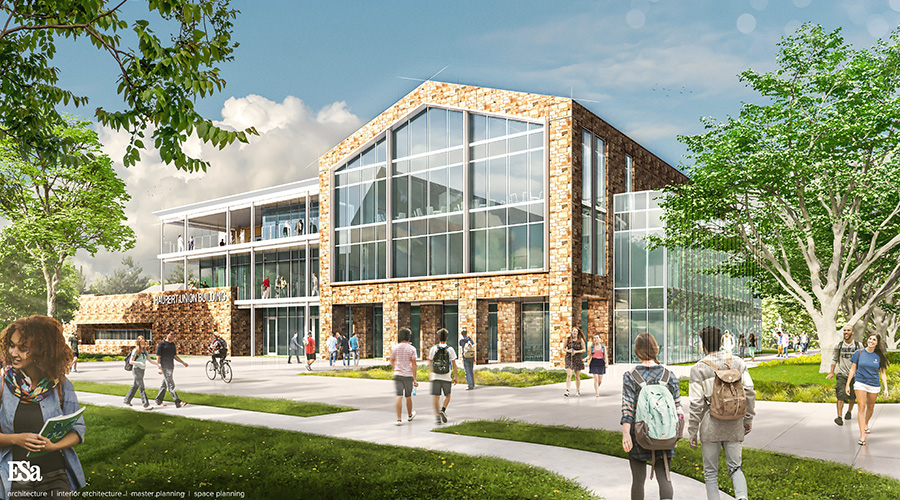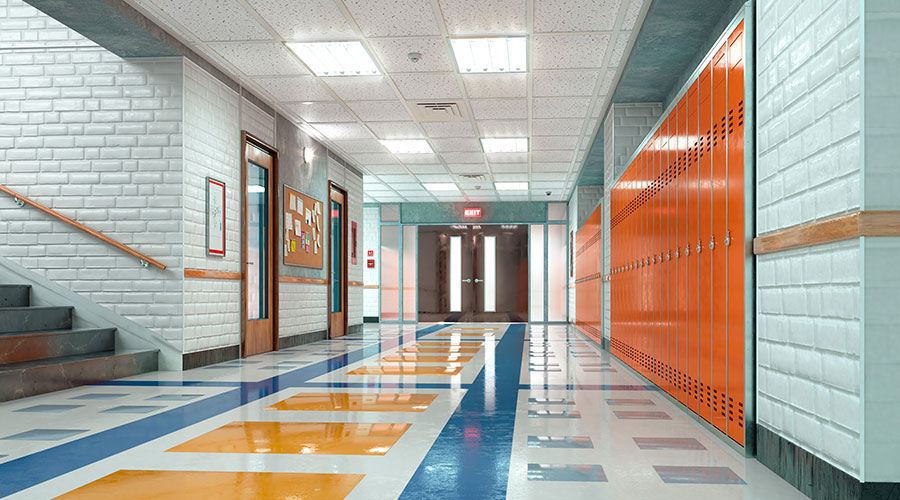Closing A School May Seem Like Solving A Problem, But Further Issues Exist
To the public, or perhaps to a school board, closing a school seems to provide a solution to a problem. But the whole problem doesn't really go away, because in most cases there is no clear plan for what is going to happen to that facility once the students have been moved elsewhere.
"A lot of times, people are so worn down from the process of deciding to close the school that they're not thinking about what to do next with the facility," says Jeffrey Platenberg, chief operating officer with the Fairfax County Public Schools in Falls Church, Va. His district has two closed schools, and he came from a district that was considering closing all of its small schools. "At the end of the day, you have to have a plan for what you're going to do with that physical structure. Just because it was occupied and becoming a little ratty tatty, that doesn't go away. It's not being utilized, but it's still deteriorating."
The Four Stages of School Closure
According to Edward McMilin, president of E. McMilin Planning Services and the former district facility planner with the Milwaukee Public Schools, there are 75 steps involved in closing a school. He would know, having closed 57 schools during his 32-year tenure with MPS.
"Closing a school is not one process," McMilin says. "The decision to close a school is just the end of the first process." The second process is closing the school, which takes just as long as opening a school. This includes taking inventories, shifting resources to other facilities, and in general buttoning up the facility.
The third process is maintaining the shuttered facility while the district decides what to do with it or finds a third party to take it over. And the fourth process is disposition or reuse. Of the schools that McMilin helped to close, some were reopened, such as several attendance-area schools that were reopened as Montessoris. Some were sold. Some burned down, he says. Over time Milwaukee Public Schools developed a rigorous system for maintaining oversight over its mothballed facilities.
"If you think you're going to reuse that school in the future, you maintain it so that you have to invest as little as possible reopening, as far as taxpayer dollars," he says. "Taxpayers are not very friendly when you've had a building sitting there for five years and it's gone to pot, vandals have come in and wrecked it, and you say, 'Oh, we're going to reopen this but we're going to spend $15 million in order to do it.'"
Closed schools in Milwaukee get daily physical checks, McMilin says. The sidewalks are shoveled and the grass is cut. The buildings are heated to 50 degrees. Work orders are put in to repair broken windows and, by policy, graffiti is removed within 24 hours. He figures this ongoing maintenance amounts to 30 to 40 percent of the cost to operate when the facility was occupied.
McMilin concedes that school districts that do what Milwaukee does are "probably very limited." Most places take an in-between approach. They might button up the building but maybe only check in once a month. It depends on the district and their finances. "A lot of districts, they just abandon the buildings," he says.
Related Topics:














